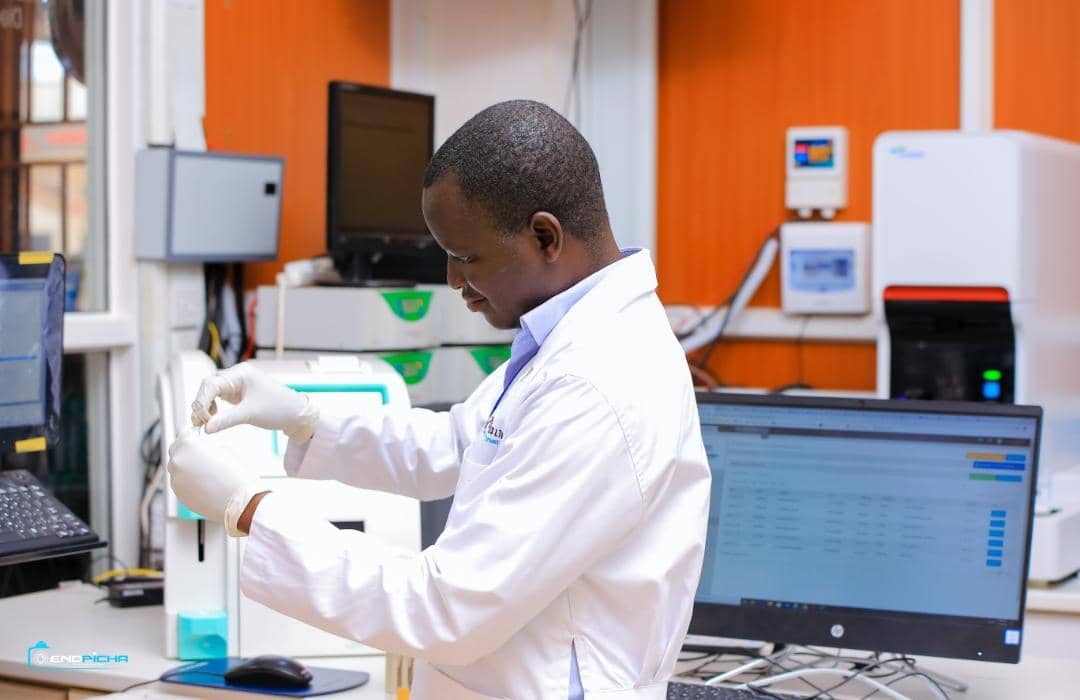
The bone profile blood test may be used to monitor a range of different bone conditions – as well as diseases that don’t directly relate to your bones at all. However, if you’re taking the test yourself, you might also be interested to hear the precise minerals for which the bone profile tests.
There are four main minerals that the blood profile measures. These are here, along with the reference ranges for each.
Finally, a bone profile may test for urea, total proteins, and globulin too.
Bone metabolism tests available
These tests are used to help diagnose, evaluate, and monitor people suspected of having Acute Coronary Syndrome (ACS). |
||||||
| MARKER | WHAT IT IS | TISSUE SOURCE | REASON FOR INCREASE | TIME TO INCREASE | TIME BACK TO NORMAL | WHEN/HOW USED |
Cardiac Troponin |
Regulatory protein complex; two cardiac-specific isoforms: T and I | Heart | Injury to heart | 3 to 4 hours | Remains elevated for 10 to 14 days | Diagnose heart attack, risk stratification, assist in deciding management, assess degree of damage |
High-sensitivity cardiac troponin |
Same as above, just measures the same protein at a much lower level | Heart | Injury to heart | Within 3 hours of onset of symptoms | Same as above | Same as above; may also be elevated in stable angina and people without symptoms and indicates risk of future cardiac events (e.g., heart attacks) |
CK |
Enzyme; total of three different isoenzymes | Heart, brain, and skeletal muscle | Injury to skeletal muscle and/or heart cells | 3 to 6 hours after injury, peaks in 18 to 24 hours | 48 to 72 hours, unless due to continuing injury | Frequently performed in combination with CK-MB; sometimes to detect second heart attack occurring shortly after the first |
CK-MB |
Heart-related isoenzymes of CK | Heart primarily, but also in skeletal muscle | Injury to heart and/or muscle cells | 3 to 6 hours after heart attack, peaks in 12 to 14 hours | 48 to 72 hours, unless new or continuing damage | Less specific than troponin, may be ordered when troponin is not available |
Myoglobin |
Oxygen-storing protein | Heart and other muscle cells | Injury to muscle and/or heart cells | 2 to 3 hours after injury, peaks in 8 to 12 hours | Within one day after injury | Used less frequently; sometimes performed with troponin to provide early diagnosis |
